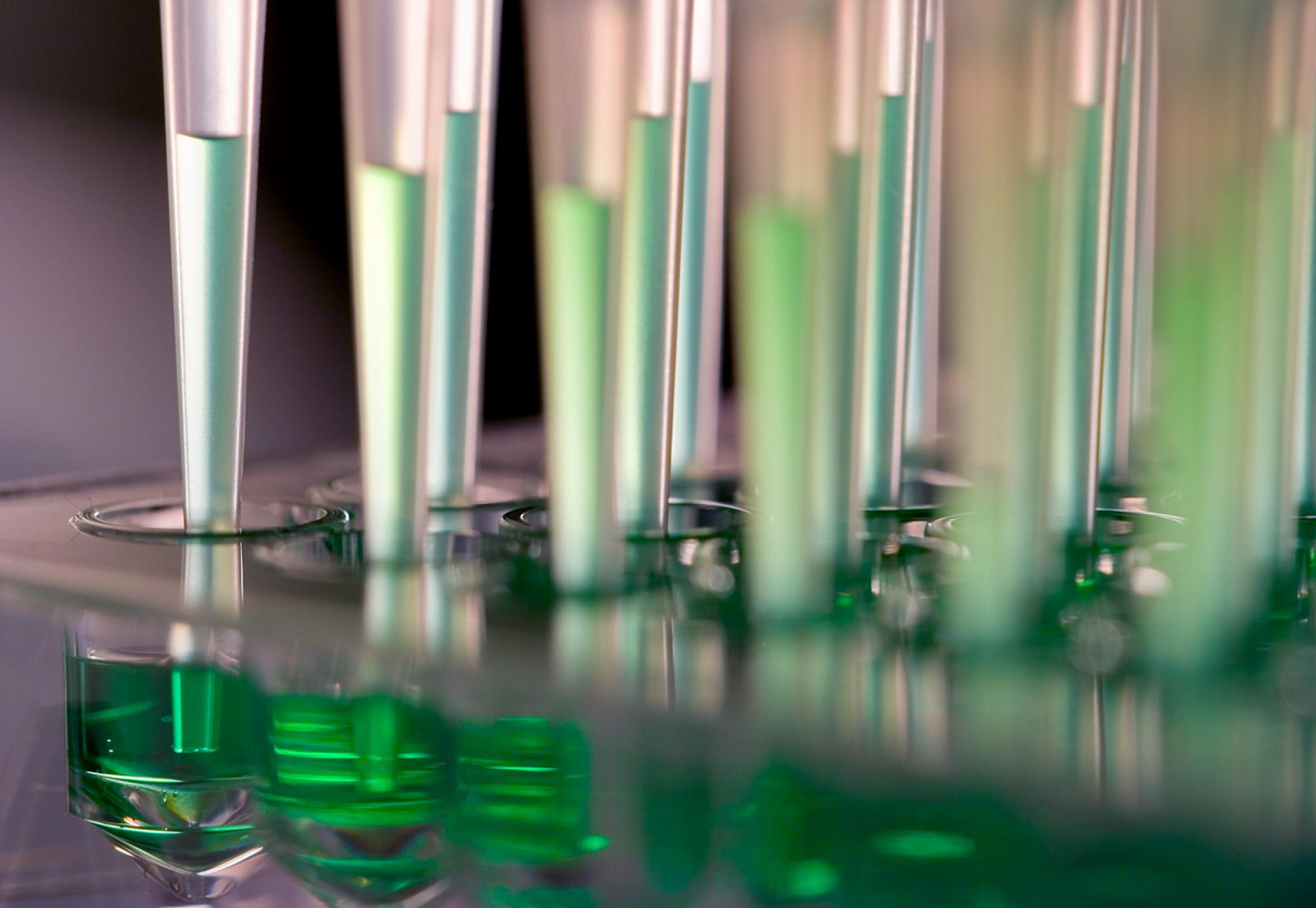Clinicians at Cambridge University Hospitals NHS Foundation Trust (CUH) have discovered a new gene mutation after investigating a child’s suspected cancerous tumour.
When the child was referred to Addenbrooke’s Hospital, the assigned clinical teams needed to ascertain the most appropriate treatment pathway and so, with the size of the tumour increasing, opted for whole genome sequencing (WGS).
CUH Paediatric Oncologist, Dr Sam Behjati, explained: “This particular child had a very unusual tumour near their wrist. From initial review of the child and of test results from the patient’s former hospital we were not sure what we were dealing with.
“When the tumour started to grow, we were concerned that it could be an aggressive cancer requiring cancer treatment, including aggressive surgery, which would have put the child at risk of not being able to use their hand fully in the future.
“In this case, WGS alongside other tests helped confirm a rare and unexpected diagnosis – desmoplastic fibroblastoma – which is not cancerous. The patient therefore did not need to go through major surgery or aggressive treatment, which was great news for the family.”
The results of the genomic tests were validated via NHS East Genomic Laboratory Hub and NHS North Thames Laboratory Hub.
WGS showed researchers that a specific alteration of the FOS Like 1 (FOSL1) gene was present – one that isn’t normally found in humans.
Dr Solange De Noon, Clinical Research Fellow at University College London, said: “This type of tumour is quite rare, and not one we would expect to see in children. Whole genome sequencing showed a specific rearrangement of the FOSL1 gene, which has not been seen in human tumours to date.
“Using the Royal National Orthopaedic Hospital biobank, we compared the findings to those of 15 other cases with the same diagnosis – all adult cases – and this rearrangement was also present in these cases.
“This rearrangement will help clarify the type of tumour in many future cases. Furthermore, it was not demonstrated in a tumour with many similar features seen down the microscope (fibroma of tendon sheath) making it a useful diagnostic tool.
“This finding confirms that genomic studies through the NHS Genomic Medicine Service will lead to new discoveries.”



















